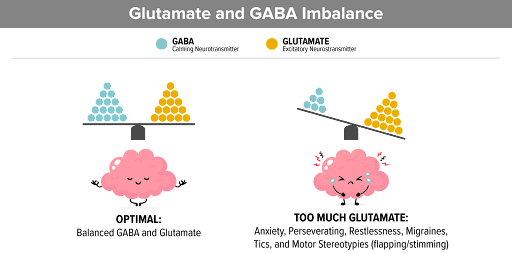Over the years anxiety has affected millions of people around the world. Occasional anxiety is normal as it occurs occasionally this type of stress includes family problems, health, or money. When a person has an anxiety disorder that is when the problem arises. This type of anxiety in most people doesn’t go away, their symptoms can interfere with their day-to-day living. Some symptoms of Generalized anxiety disorder are feeling restless, wound-up, or on edge and Having headaches, muscle aches, stomachaches, or unexplained pains. Anxiety can be treated by types of Psychotherapy such as cognitive behavior therapy or medications such as antidepressants.2 Stress is one of many factors of anxiety. Psychologically stressful events trigger strong physiological, behavioral, and cognitive responses, with anxiety levels playing a key role. Higher anxiety leads to stronger memories of stressful situations, increasing the risk of conditions like PTSD. Researchers investigated how anxiety affects brain mechanisms involved in memory formation using three approaches: exposing rodents to novel and bright environments, manipulating GABAergic signaling with drugs, and studying the effects of voluntary exercise. They found that anxiety levels influenced molecular responses in dentate neurons, with heightened anxiety leading to increased stress-related molecular changes. Heightened anxiety levels can greatly affect how our brains respond to stressful events, potentially leading to conditions like PTS. Anxious individuals tend to form stronger memories of traumatic experiences. Research focuses on the role of anxiety in altering molecular processes in specific brain regions, particularly the dentate gyrus, which is important for memory formation. By studying how anxiety influences these molecular pathways, the paper sheds light on how PTSD might develop after traumatic events.4 GABAergic tone refers to how GABA receptors behave, in anxiety it has been shown that GABAergic tone is reduced.3 GABA works to counteract the effects of natural stimulants such as increased heart rate or adrenaline rush by inducing a state of relaxation in the brain, when the tone is low the body finds it difficult to relax such example would be in stressful events. Glutamate and GABA need to be balanced in the brain, if there is too much glutamate this causes anxiety, migraines, restlessness, etc.[1] If an imbalance does occur, there are medications available to treat it, Valium, Xanax, and Klonopin are three of the known drugs used to combat this, they act as GABA A receptors and increase the actions of GABA, they do so by binding on a different location that GABA doesn’t bind in, and this increases the action of the GABA receptor, this is known as the allosteric effect. Which has a primary role of opening receptors and allowing negative ions to enter, this decreases the chance of firing an action potential and promotes a state of calmness among the individual experiencing anxiety, depression, etc.5

1About GABA and Glutamate. (2018, December 30). https://pmhealthnp.com/about-gaba-and-glutamate/
2“Anxiety Disorders.” National Institute of Mental Health, U.S. Department of Health and Human Services, www.nimh.nih.gov/health/topics/anxiety-disorders. Accessed 25 Mar. 2024.
3Cauli, O., Mansouri, M. T., Agusti, A., & Felipo, V. (2009). Hyperammonemia Increases GABAergic Tone in the Cerebellum but Decreases It in the Rat Cortex. Gastroenterology, 136(4), 1359-1367.e2. https://doi.org/10.1053/j.gastro.2008.12.057
4Reul, Johannes M.H.M. “Making Memories of Stressful Events: A Journey along Epigenetic, Gene Transcription, and Signaling Pathways.” Making Memories of Stressful Events: A Journey Along Epigenetic, Gene Transcription, and Signaling Pathways, Frontiers, 9 Jan. 2014, www.frontiersin.org/journals/psychiatry/articles/10.3389/fpsyt.2014.00005/full.
5Huang, J., Xu, F., Yang, L., Tuolihong, L., Wang, X., Du, Z., Zhang, Y., Yin, X., Li, Y., Lu, K., & Wang, W. (2023). Involvement of the GABAergic system in PTSD and its therapeutic significance. Frontiers in molecular neuroscience, 16, 1052288. https://doi.org/10.3389/fnmol.2023.1052288